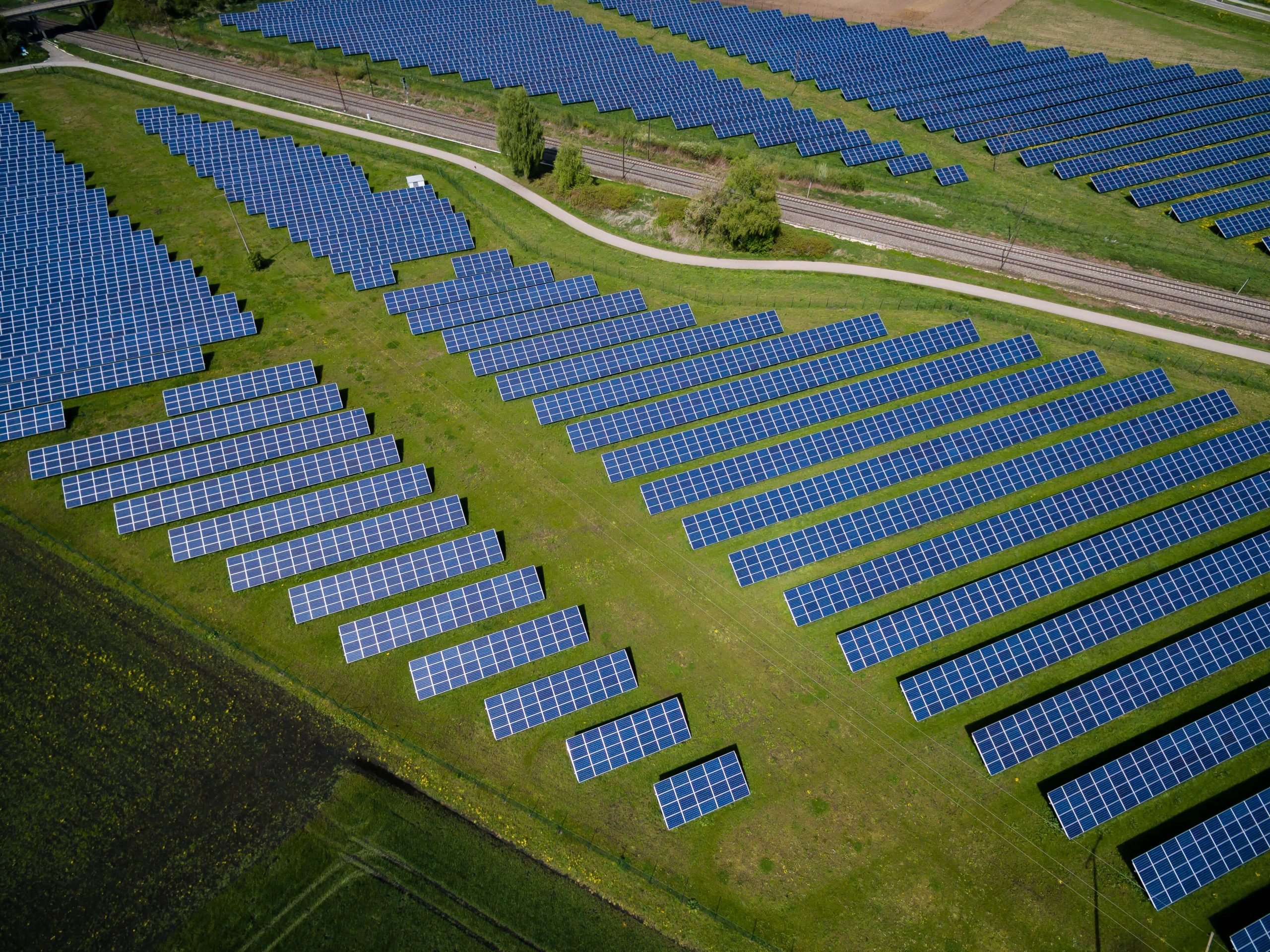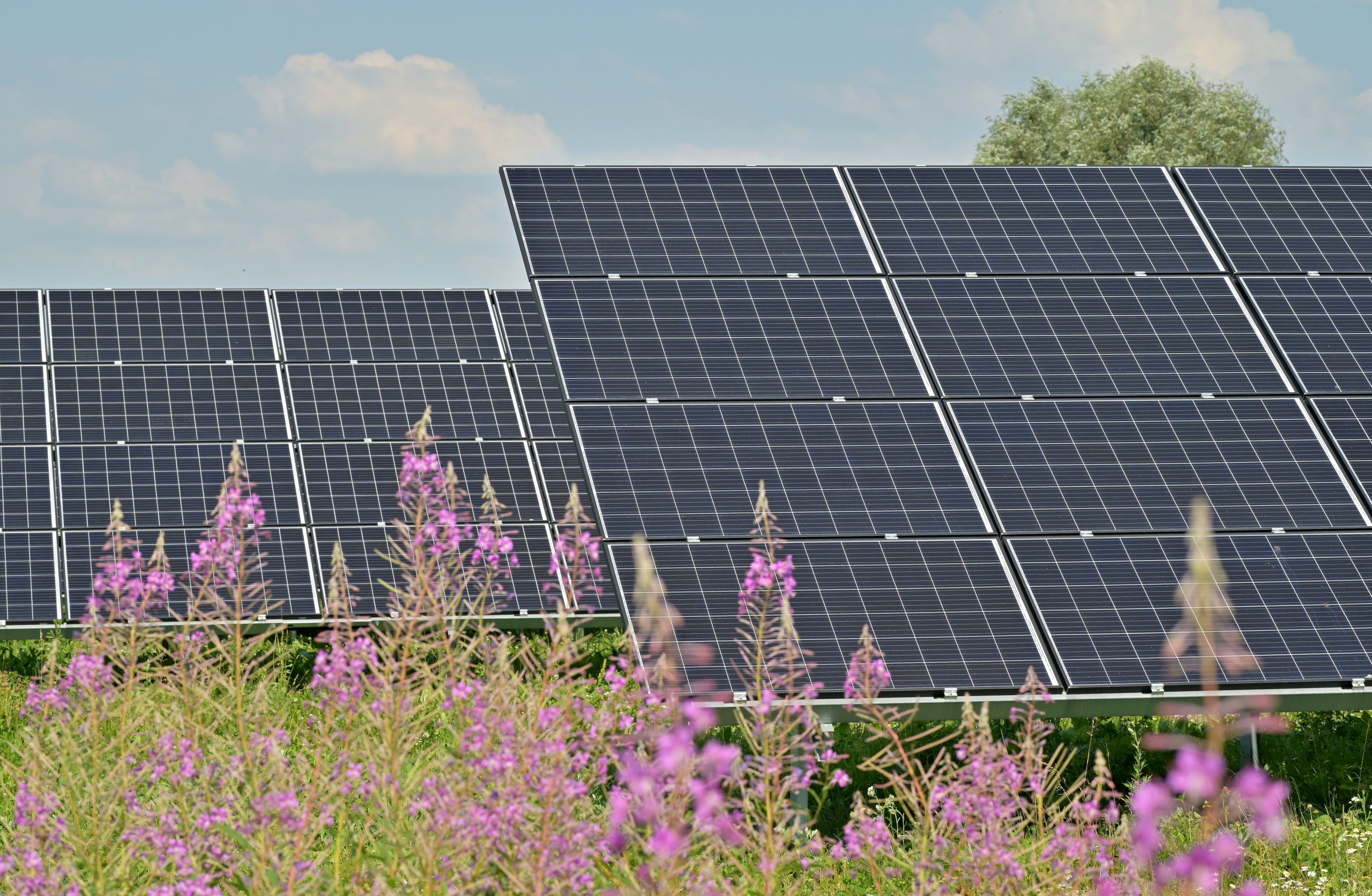Solar power record in the EU

A record summer maximised solar power production in the EU. Read more about the records and a look ahead here.
Billboard
Skyscrapper
Halfpage
This summer, more solar power was produced in the EU than in any previous summer: 99.4 terawatt-hours between May and August 2022, according to the think tank Ember City Climate. Good news in view of the gas crisis.
12 per cent solar power in the EU
This year’s hot summer brought about negative, sometimes catastrophic, consequences for agriculture and many other sectors. The energy sector benefited, however, because the sunshine made it possible to generate a lot of solar power. In the months of May and August, the EU managed to produce 12 per cent of its electricity from solar power, according to a study by Ember City Climate. This is a record figure for the European Union.
Normally, the EU produces just under 80 terawatt-hours of solar power between May and August. This is 9 per cent of the Union’s overall energy consumption. In 2022, 12 per cent of summer consumption came from solar power with a record 99.4 terawatt-hours. Especially in the months of July and August, production of solar power was very high.
This makes solar power the most important renewable energy in the EU in 2022. Wind energy accounts for around 12 per cent of the electricity mix and hydropower or hydro-energy is responsible for about 11 per cent. To compare: Coal is at 16 per cent.
Less dependence on fossil energy sources
Solar power also reduced imports of gas by an estimated 29 billion euros. In view of the energy crisis, this is particularly good news. Rising electricity prices across Europe are steadily reaching new highs. At the same time, fossil fuel supplies are dwindling. Factors such as a nuclear reactor outage in France and limited hydro-electricity due to the drought in summer 2022 exacerbate the problem. This drought made it partly impossible to use hydroelectricity as rivers and lakes did not have enough water.
Accordingly, it was solar power that kept the lights on in the EU. It also helped reduce the Union’s gas consumption, which is particularly important in view of the Ukraine war and conflicts with Russian gas supplies. But also in terms of the environment, the focus on renewable energies plays an essential role. They emit significantly less CO2 and are better for the environment.

Solar power: The records by country
In total, 18 of the 27 EU countries broke a record in solar power this year. Poland boasted the biggest increase in solar power production. Since 2018, the country managed to increase its solar power production by 26 times. Finland and Hungary achieved 5-fold increases.
Ten EU member states met more than a tenth of their energy needs from solar power in the summer. The Netherlands achieved a proud 23 per cent and Germany 19 per cent. In Spain, solar power accounted for 17 per cent of energy supply.
According to the think tank Ember City Climate, these new records are a clear sign of how important solar energy is in the EU’s energy mix. At the same time, however, it is important to break even more records and make more progress. After all, the Union wants to cover a minimum of 45 per cent of its energy needs from renewable sources by 2030. Summer 2022 showcased that solar power plays an important role here. Improved capacities are key – after all, not every summer will (and should) break as many heat records as the summer of 2022.
Those who have invested in solar energy will benefit from this development. Every hour of solar power saves a lot of money in gas and supports the European goal of at least 600 gigawatt of solar capacity by 2030.
A look ahead
According to Ember City Climate, the increase in solar power is a positive development. This rate of growth must continue to meet the 2030 targets. However, projections show that there is not enough capacity expansion planned in the coming years. More panelsare necessary to limit global warming to 1.5 degrees and to use significantly more renewable energy in the EU by 2030. However, it looks like only 46 per cent of the infrastructure needed then will be in place in 2026. This is partly due to strict laws around project development times in several EU countries.
At the same time, the Ukraine war brings a new urgency to the drive to reduce fossil fuels. This is because every megawatt of electricity that comes from sources such as solar or wind does not have to be bought from Russia. Thus, solar power can offer price relief and independence.
Importance of accelerating the use of renewable energy
The global energy crisis, which began more than a year ago, is becoming even more drastic due to the Ukraine war. This is because gas prices are rising rapidly. At the same time, the supply of gas is much less reliable due to the closure of the Nord Stream 1 pipeline. This is leading to efforts to fill gas storage facilities in the EU to at least 90 per cent by the end of November. According to Ember City Climate, this problem will continue in the future.
The new solar power record shows how important it is to accelerate the use of renewable energy in the EU. Most EU countries have already stepped up their efforts, but it is important to remove existing obstacles and act decisively.
To read more about the energy consumption in cities, have a look at the latest topos issue 120, “Energy City“. Here you can find the issue’s editorial.
You can get your issue of topos 120 in our shop.












